Recent Faculty Publications on Race & Ethnicity
UMN Sociology Faculty Spotlight
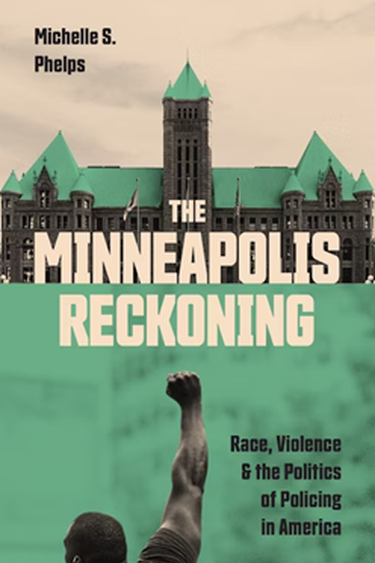
The Minneapolis Reckoning: Race, Violence & the Politics of Policing America
(Princeton University Press, 2024)
The eruption of Black Lives Matter protests against police violence in 2014 spurred a wave of police reform. One of the places to embrace this reform was Minneapolis, Minnesota, a city long known for its liberal politics. Yet in May 2020, four of its officers murdered George Floyd. Fiery protests followed, making the city a national emblem for the failures of police reform. In response, members of the Minneapolis City Council pledged to “end” the Minneapolis Police Department. In The Minneapolis Reckoning, Michelle Phelps describes how Minneapolis arrived at the brink of police abolition.
The Minneapolis Reckoning shows how the dualized meaning of the police—as both the promise of state protection and the threat of state violence—creates the complex politics of policing that thwart change. Phelps’s account of the city’s struggles over what constitutes real accountability, justice, and safety offers a vivid picture of the possibilities and limits of challenging police power today.
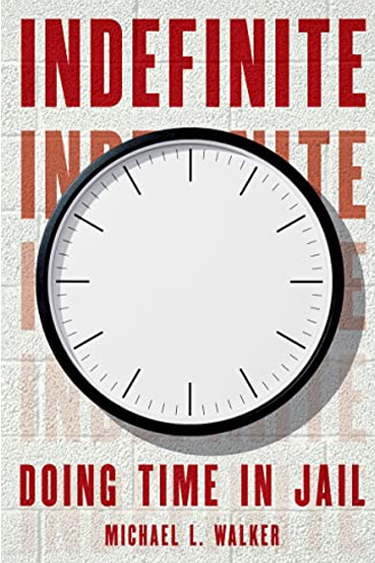
Indefinite: Doing Time in Jail
(Oxford University Press, 2022)
Indefinite is an ethnographic study of a California county jail that reflects on what it means to do jail time and what it does to men. Michael L. Walker spent several extended spells in jail, having been arrested while trying to pay parking tickets in graduate school. This book is an intimate account of his experience and in it he shares the routines, rhythms, and subtle meanings that come with being incarcerated. Walker shows how punishment in jail is much more than the deprivation of liberties. It is, he argues, purposefully degrading. Jail creates a racial politics that organizes daily life, moves men from clock time to event time, normalizes trauma, and imbues residents with substantial measures of vulnerability. Deputies used self-centered management styles to address the problems associated with running a jail, some that magnified individual conflicts to potential group conflicts and others that created divisions between residents for the sake of control. And though not every deputy indulged, many gave themselves over to the pleasures of punishment.
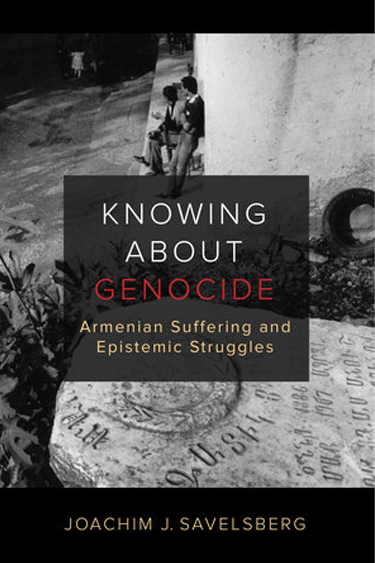
Knowing About Genocide: Armenian Suffering and Epistemic Struggles
(California: University of California Press, 2021)
How do victim and perpetrator peoples generate conflicting knowledge about genocide? Using a sociology of knowledge approach, Joachim J. Savelsberg answers this question in the context of the Armenian genocide committed during the First World War. Focusing on Armenians and Turks, Savelsberg examines strategies of silencing, denial, and acknowledgment in everyday interactions, public rituals, law, and politics. He draws on interviews, ethnographic accounts, documents, and eyewitness testimony to illuminate the social processes that drive dueling versions of history. Ultimately, this study reveals the counterproductive consequences of denial in an age of human rights hegemony, demonstrating the implications for populist disinformation campaigns against overwhelming evidence.
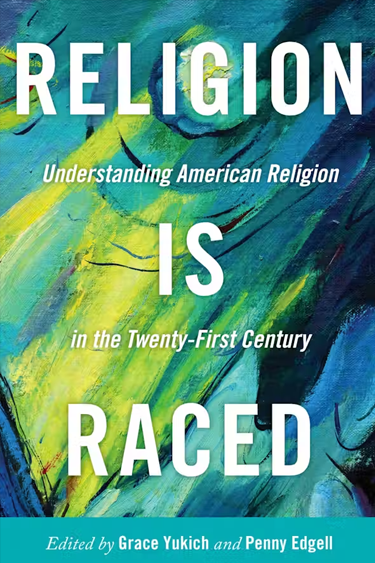
Religion is Raced
(New York University Press, 2020)
Grace Yukich and Penny Edgell, eds.
Religion Is Raced makes the case that religion in America has generally been understood in ways that center white Christian experiences of religion, and argues that all religion must be acknowledged as a raced phenomenon. When we overlook the role race plays in religious belief and action, and how religion in turn spurs public and political action, we lose sight of a key way in which race influences religiously-based claims-making in the public sphere.
With contributions exploring a variety of religious traditions, from Buddhism and Islam to Judaism and Protestantism, as well as pieces on atheists and humanists, Religion Is Raced brings discussions about the racialized nature of religion from the margins of scholarly and religious debate to the center. The volume offers a new model for thinking about religion that emphasizes how racial dynamics interact with religious identity, and how we can in turn better understand the roles religion—and whiteness—play in politics and public life, especially in the United States.
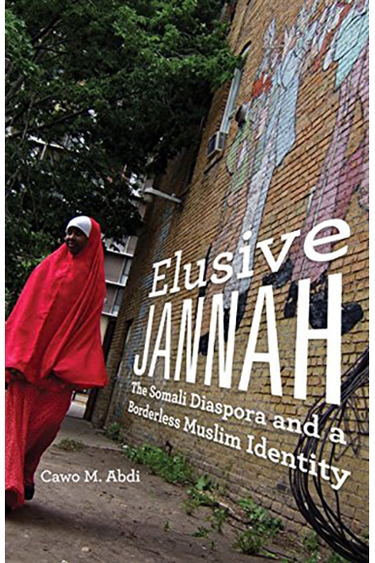
Elusive Jannah, a remarkable portrait of the very different experiences of Somali migrants in the United Arab Emirates, South Africa, and the United States. Somali’s in the UAE, a relatively closed Muslim nation, are a minority within a large South Asian population of labor migrants. In South Africa, they are part of a highly racialized and segregated postapartheid society. In the United States, they find themselves in a welfare state, with its own racial, socioeconomic, and political tensions. Cawo M. Abdi’s nuanced analysis demonstrates that full understanding of successful migration and integration must go beyond legal, economic, and physical security to encompass a sense of religious, cultural, and social belonging. Her timely book underscores the sociopolitical forces shaping the Somali diaspora.
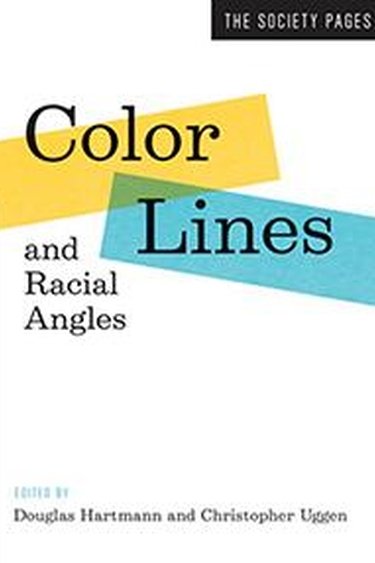
The third volume in The Society Pages series tackles race, ethnicity, and diversity in contemporary American society. As with our previous volumes, the chapters are organized into three main sections. “Core Contributions” exemplifies how sociologists and other social scientists think about race-related groups and topics—in this case the demographics of race, the construction of group identities, and the social psychology of prejudice and racism. Chapters in the “Cultural Contexts” section engage race and diversity in and through cultural realms—ranging from mass media and sports to the environment—in which powerful racial dimensions are sometimes overlooked. Finally, the “Critical Takes” chapters provide sociological commentary, perspective, and reflections on the problematic structure and future of race relations in the United States.
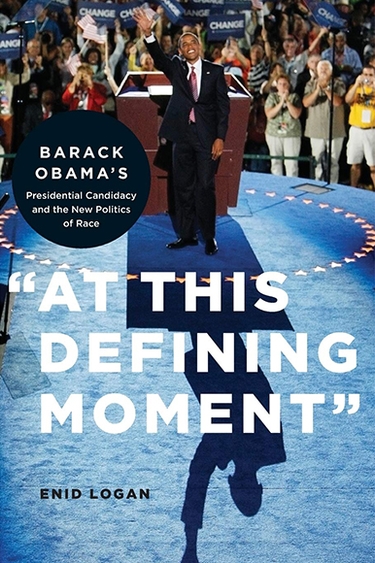
(NYU Press, 2011)
In January 2009, Barack Obama became the 44th president of the United States. In the weeks and months following the election, as in those that preceded it, countless social observers from across the ideological spectrum commented upon the cultural, social and political significance of “the Obama phenomenon.” In "At this Defining Moment", Enid Logan provides a nuanced analysis framed by innovative theoretical insights to explore how Barack Obama’s presidential candidacy both reflected and shaped the dynamics of race in the contemporary United States.